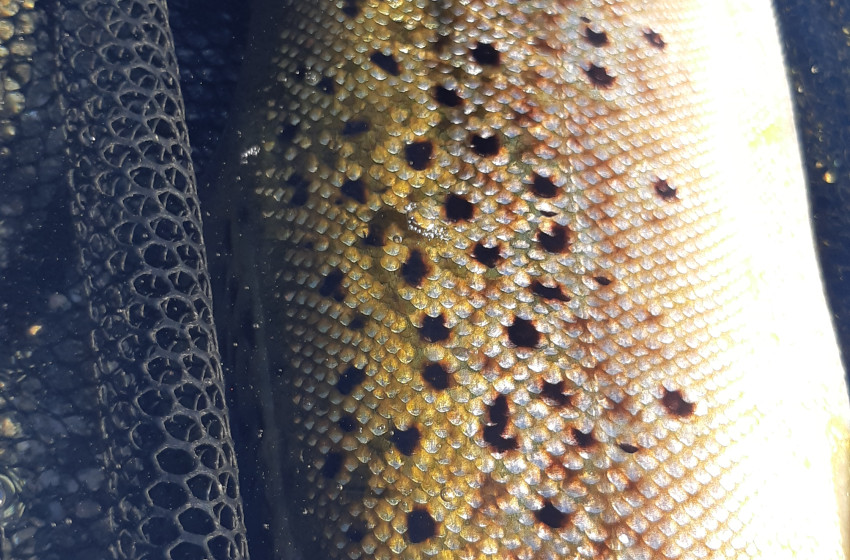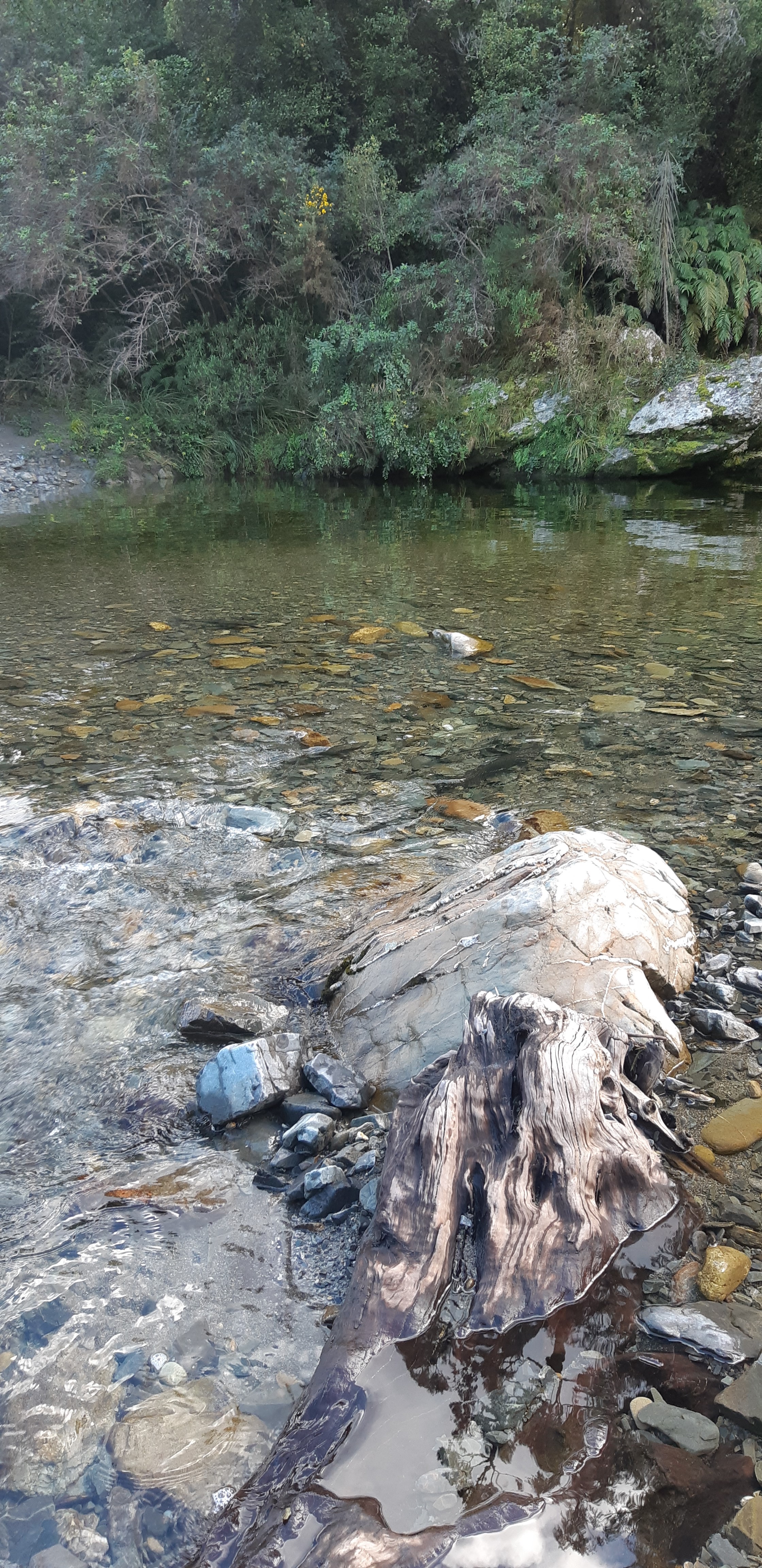West Coast Reel Life August 2019
- West Coast
- 20/08/2019

Trout fishing in spring
It might not seem like it with the recent snowstorms, but spring is just around the corner.
For us anglers, this is something to get excited about!
Spring brings an influx of bait fish, insects, warmth and trout, with late ones finishing their spawning.
The perfect recipe for some action-packed fishing, with trout not only being naïve but very hungry!
As day light lengthens and trout turn up in the lower reaches of most rivers chasing bait fish, the after-work fish becomes both viable and productive.
On top of all of this, the new season begins in October, further creating opportunities.
Above Right: A good condition trout caught recently on the West Coast-Photo Baylee Kersten.
Fishing the lower reaches of your local river during spring is both exciting and caters to all fishing styles making it great opportunity to get the whole family out.
It’s exciting as sea run trout can get quite large and are packed full of fight.
Nothing beats seeing a new angler hooking and landing a large trout, something that’s much more likely to occur in the lower reaches than upriver.
Bait fishing is very productive and it being relatively straight forward even those new to freshwater fishing can find success readily.
For anyone wanting advice on targeting the lower reaches and new to angling.
We recommend catching a large bully and placing a hook in through its mouth and out its bottom jaw.
Suspend the bully under a float ensuring its mid to low in water column.
Then sit back and relax, but ensure you keep an eye on the float at all times so that when it pops under you don’t miss the hook up.
Ideally you should be running reasonable gear, as cheap reels and light line likely won’t handle the power a good-sized sea run trout delivers, and no one needs another the one that got away story.
Lastly ensure your tension is not too tight, its better slightly too lose than too tight for trout.
If you are wanting any more information or gear, head along to your local fishing store, as they will be able to give you some local information on your intended river and what works best there.
Salmon spawning counts

Salmon preparing to spawn in South Westland during the 2019 spawning period-Photo Baylee Kersten
Salmon anglers are often very interested in and ask about the spawning counts of our West Coast salmon sites.
I know as an angler myself, if you have a poor salmon season, its somewhat reassuring to see the counts were low and that it’s not your fishing ability decreasing.
As much our counts reflect the run, it’s not a measure of the run.
Due to salmon spawning occurring in other areas that aren’t heavily monitored and us recording the peak run or in some cases just spot checks.
Although like anything in wildlife management, the collection of this data is still vital to understand trends, allowing us to intervene if the continued trend will likely result in a negative outcome.
The Windbag and MacDonalds Creek were both below average, with peak counts of 52 and 45 live salmon.
The Taramakau and the Hokitika was also below average with two to five salmon seen in each of its spawning streams.
Last season odds were against the salmon which in turn put the odds against the anglers.
Warm seas, low rivers, shallow pools following large spring floods and anything else that could get in the way did.
None the less, the spawning conditions were favorable in 2017 and its run was of reasonable size, especially in the Taramakau and Hokitika Rivers, so that in turn should hopefully result in a good run this season!
On another positive note, trout spawning is measured whilst completing the salmon surveys in the Taramakau River and the numbers were the highest ever recorded.
I was worried with the severity of Novembers flood on the trout population, but it just goes to show, coasters in water are just as tough as those on land.
Baylee Kersten, West Coast Fish & Game Officer.